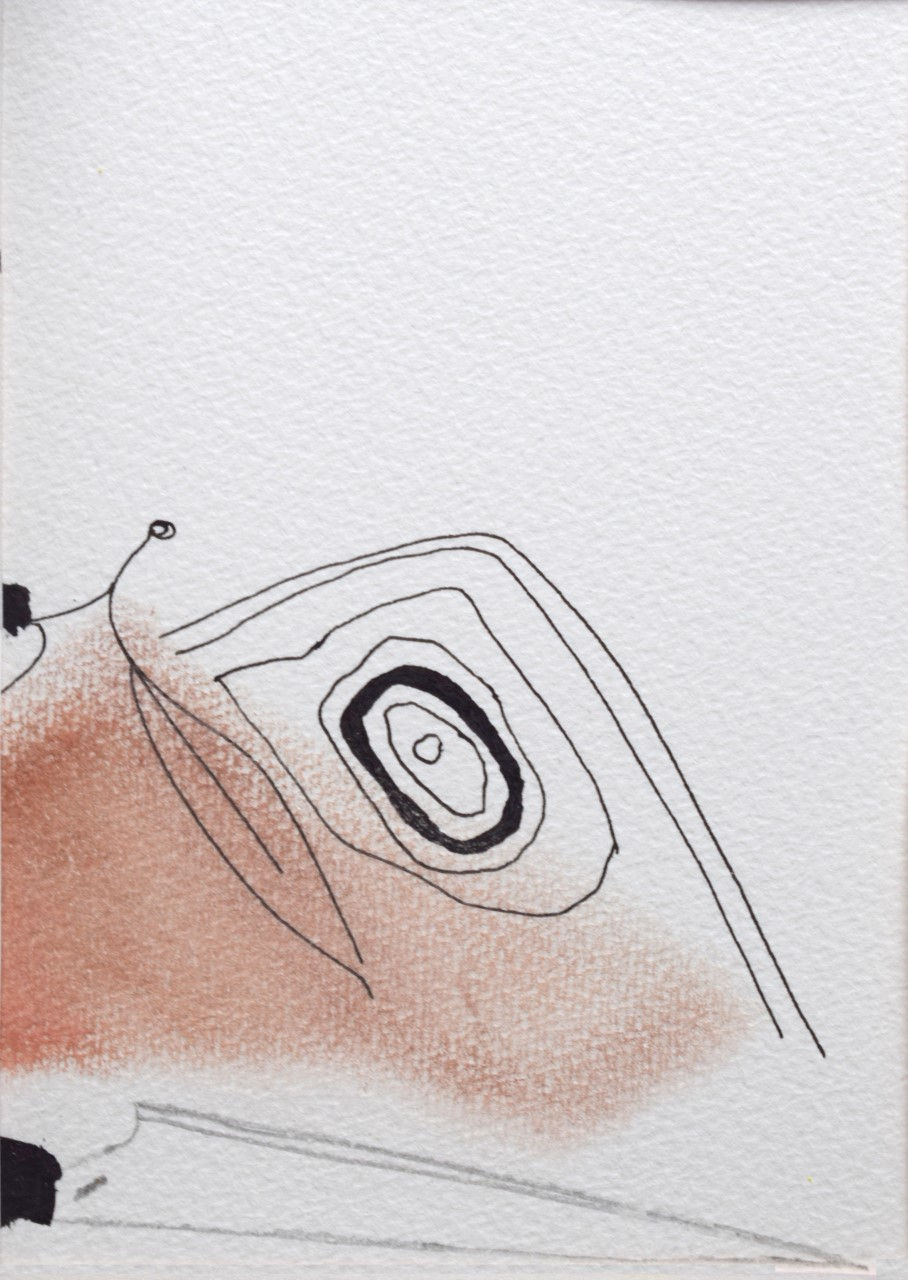Polluted Postcards
Polluted Postcards, an international exhibition showcasing works from over 80 artists located from all over the world. These artists were selected from an open call that ran from March to August 2018. Highlighting pollution; putting perspective into the world we live in and the world we are creating.
Here you will find a list of artists that participated in the exhibition and their details.



2017, oil, 37 x 45cm

2017, oil, 37 x 45cm

2018, pen and ink, 10.5 x 14.8

2018, pen & ink drawing, 10.5 x 14.8

2018, pen and ink, 10.5 x 14.8




Oktaravianus Bakara

wet plate collodion

wet plate collodion








2018

2018




on a postcard 2018

on a postcard 2018
Russell Bruce-Youles


Mary Elizabeth Cantú
Mary, Spare Parts executive director traveled to Oahu 'Trash, especially plastic pollution, washes ashore every second onto state's beautiful beaches because of churning gyres in the Pacific Ocean. Debris is found from manly miles away. This serves as a reminder that trash does not need a passport to travel.' 'Romantic imagery of Hawaiian vintage postcards with the harsh reality of ocean pollution'

2013


2013



collagraph printing

collagraph printing
Joanna Collins
'These abstractions are the ink pressed from found plastic/waste from Exmouth Beach. The images within the collagraph are found images that represent the pollution of the sea, the foam.'





Bernandi Desanda

2018

2018

2018


Gavrila Angelina Dharmawan


Michael Dlugosch



2018

2018

2018




Emily Durman

watercolour, acrylic markers and silver metallic pen

watercolour, acrylic markers and silver metallic pen
Oliver Elson
confused as to what is a “shell”, and what is litter


Helen Falconar

C-Type on FujiFlex, 2016

C-Type on FujiFlex, 2016
Dave Farnham
'Internal architecture of the trachea and lungs, 3D printed in Frosted Ultra Detail plastic.
This image shows the internal structure of the lungs. The trachea (windpipe) divides into two branches called bronchi, which each divide further to produce smaller branches called bronchioles. After a number of further subdivisions, the bronchioles terminate into alveoli, which are the air sacs of the lungs where gas exchange occurs.'


Dan Shuai Feng
'The color of deep blue, as well as the ash black lines portray the hurt animals and humans with the combination of realism and expressionism techniques. The strong colors are used to show contrast and add embellishment.'



Hand finished lino print on paper

Hand finished lino print on paper
Milly Francis







Geraldine F. Haberfield






Radha Diaz Hublitz
Nurdles also known as "mermaids' tears", are plastic pellets, typically under 5 mm in diameter, that are a major component of marine debris. Marine debris is human-created waste that has deliberately or accidentally been released in a lake, sea, ocean or waterway. They are a raw material in plastics manufacturing, and enter the natural environment when spilled. Weathering produces even smaller pieces. Nurdles are highly dangerous to all sea dwellers, as they strongly resemble fish eggs and are therefore often mistaken as edible.





Aimee Jones
www.aimeejonesfineart.wordpress.com
My practice is heavily influenced by my surroundings, whether that be the people who inspire me, the towns that surround me or the on goings of today’s society. The seaside for me has always been a place I can escape to, create memories and find inspiration. It is a scary thought that soon our blue planet may not look so blue due to pollution. I have created a series of five A6 pieces based on Marine pollution and the effects it’s having on our sea birds, the materials I have used are mixed media such as canvas, muslin, plastic, ink and thread.


Rima Khraief


KrystleKlear

















Digital mixed media

Digital mixed media
Alistair Mackinnon







Deepa Mahajan
Inspired by my surroundings, comprising of two nations. The differences in their characteristics. Issues of pollution and cleanliness of the two nations are noted through examination of their rivers. The river Ganges with immersions of religious, plastic and other harmful objects is paired with pure quality of water of Singapore depicted as bubbles. A state of ambiguity is generated by the pairing, when symbol of bubble is interpreted as both with limits and sterile, raising queries of ideal habitation.














2015, ink on wax paper, digital manipulation

2015, ink on wax paper, digital manipulation
Caitlin Mkhasibe
https://caitlinmkhasibe.weebly.com
With sound pollution, we can see our relationship to sea creatures as redundant. Some whales beach themselves because of the degree of ship noise, sonar or seismic blasting. These vessels and machines drive our economies by sourcing or importing /exporting goods. I read a study as part of my final thesis that said some beached whales had ruptured membranes where the sound vibrates in their jaw bones.




Lucy Morris




ink, talc, mica

ink, talc, mica




Jayne Orfano




Marcos Palacios




Taslimun Jannat Peya





2015

Oil on Canvas, 2013

2015





Lara Roberts


Samira Roostaie

tar, latex, polystyrene, HDPE, polyester rope,

tar, latex, polystyrene, HDPE, polyester rope,
Kara Salinas
I wanted to retain the beautiful image of the original postcard, but contrast the beauty with the harsh reality of ocean pollution.




Sonya Seccombe











Hayley Stevenson






Chwen Wen Tsay

photo-composite printed on Endura Metallic chromogenic paper

photo-composite printed on Endura Metallic chromogenic paper






Deirdre Weinberg

Beach Rubbish Project 2016-2017

Beach Rubbish Project 2016-2017


Robin Whitecross














